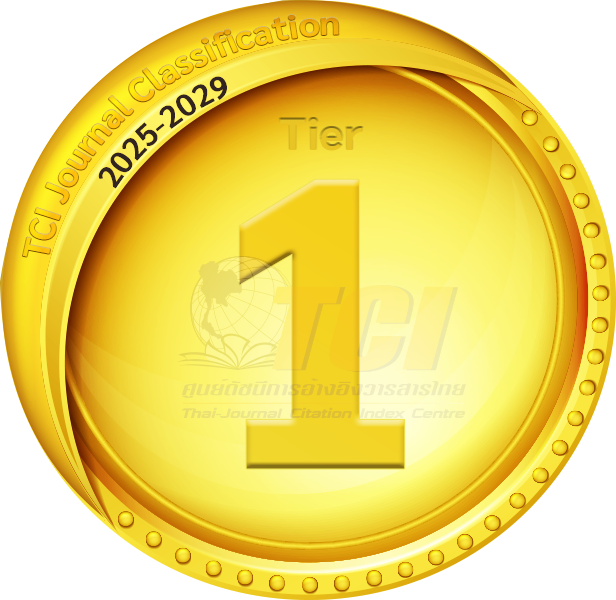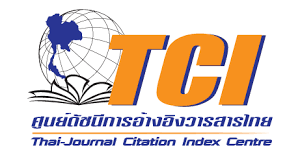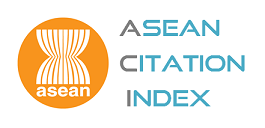Editor's Note
Abstract
The theme for this issue of the Rangsit Journal of Social Sciences and Humanities (RJSH) is ‘ASEAN Creative Cultures’. We are so pleased that many of the articles in this volume depict ASEAN through its creativity and richness of culture.
The previous issue (#1, 2016) focused on the importance of innovation in other areas of a social venture. The discussion is about the area of what makes people special, different from others. The word “Creativity” is an aspect that people need to possess, as the consequence of mastering it make human being able to generate new inventions that later may benefit the world. Alas, not everyone has that kind of prowess.
This current issue embraces the diversification of the Association of Southeast Asian Nations (ASEAN) and the creative cultures the latter beholds. Although ASEAN covers a land area of approximately 4.4 million square kilometres and about 3% of the total land area of the earth, there are still so many things to be explored here. The differences as well as similarities are well preserved and being studied by various people from all around the world.
“To provide equal opportunities for total human development.” This remark is one of the visions of ASEAN. This is where Jeanette Martin plays the lullaby in her writing to unfold the innate creative intelligence in the student through the unique experience of pure consciousness. Her writing revolves around the Maharishi teaching of such Consciousness-based education. She reckons that this kind of education offers an evidence-based approach to providing opportunities for total human development through education in ASEAN countries and around the world.
You will then catch up with an article by Jomdet Trimek that seems contemporary with the current situation, and it may excite the readers to read much further about it. The article describes the Bangkok’s dwellers level of confidence about the installation of closed-circuit television (CCTV) in the Bangkok Metropolitan areas. The author tries to unravel the question whether the “Bangkokians” have the confidence about the installation of CCTV, whether that the number of CCTV set up are sufficient as well as if the presence of that CCTV will be helpful to prevent crime within the vicinity. This proves to be a vital measure taken by the author as it is of utmost important to ensure that Bangkok, as the capital city of Thailand, is a safe place to reside by people, regardless local or expatriates.
Moving towards such a nation that improves the welfare as well as the comfort of the people, the article written by Suppakorn Poonyarith, Thamavit Terdudomthan, and Sasiphattra Siriwato analyses the implementation of Electronic Monitoring (EM) as an alternative measure to cater the problem of overcrowding prisons. According to them, this method could optimize incarceration sentenced on some offenders. This approach also shall reduce government budgets and provide doors for offenders to self-rehab and return happily afterwards spend life with family and societies.
Diverting our attention to another part of the world, Africa, Kwadwo Adusei-Asante and Daniel Doh, studied about National Health Insurance in a district in Ghana. They were looking for the dynamics of healthcare utilisation in free health insurance contexts and associated unintended impacts. They found out that the theory that free health insurance policies do induce people health seeking behaviours, as well as unearthing issues that result when publics do not match local infrastructural and human resource capacities.
Looking to one of our nearest neighbours, an article written by Adzhamsyah Abdul Hamid and Roshayani Arshad try to discuss the transfer pricing practices among public listed companies (PLCs) in Malaysia. Transfer pricing is one part of management accounting area where it is an intra-firm transaction, which involves the pricing determination of what being sold and purchased by those related companies. The transfer pricing practices may amount to tax evasion as the article analyse the presence of tax haven subsidiaries to be a possible special vehicle to help companies evade tax.
Next, articles about “Financial Characteristics of Thai Listed Companies – Corporate Governance (CG) Ranking Base” written by the trio of Kanitsorn Terdpaopong, Nimnual Visedsun, and Pham Van Hung investigate the determinant characteristics of the Thai Listed Companies (TLC) that were ranked accordingly to their CG performance, based on the CG Ranking Base of TLC 2014. They utilise eight (8) CG determinants, and group them into two (2) categories which are high and low rank.
Therefore, there you go, an array of articles that do not only portray the variety of things in ASEAN, this journal also offer a different perspective of life to readers. When people read about the Consciousness-Based teaching, it is not going to excite a few individuals from one part of the world, yet it is fascinating enough to attract the worldwide fanatics. When talking about CCTVs in Bangkok, people will also query about how is it the implementation of CCTVs in their capital cities such as Jakarta, Kuala Lumpur, and Hanoi. The talk continues as when the reading continues regarding the implementation of EM, whether that this kind of approach has also reached the neighbouring country. Moreover, just imagine how it is the handling of healthcare insurance in Ghana. Then the penultimate article, that discuss the taxation matters in Malaysia. We all know that taxation issues are a matter of the public interest itself, and it is a crucial issue that should be dealt with due care and diligence. Last but not least, the corporate governance aspects, as it becomes a commanding presence to protect nations from possible misappropriation and unscrupulous acts done by various parties.
Dear readers: if you, too, find these articles interesting, as well as informative, please don’t hesitate to share them with your colleagues and friends.
After all, that is why journals such as RJSH exist: to connect consumers of knowledge (learners) with producers of knowledge (researchers). As the editorial team, we see this as our job: sharing new knowledge, including alternative ways of perceiving the complex issues that all of our societies face on a day-to-day basis.
We welcome your comments – and, of course, your manuscripts. Links to our manuscript submission site can be found at RJSH Online Submission and Review System: http://rjsh.rsu.ac.th. We look forward to hearing from you.
Sincerely,
Anek Laothamatas
Editor-in-chief

Indexed in


Search